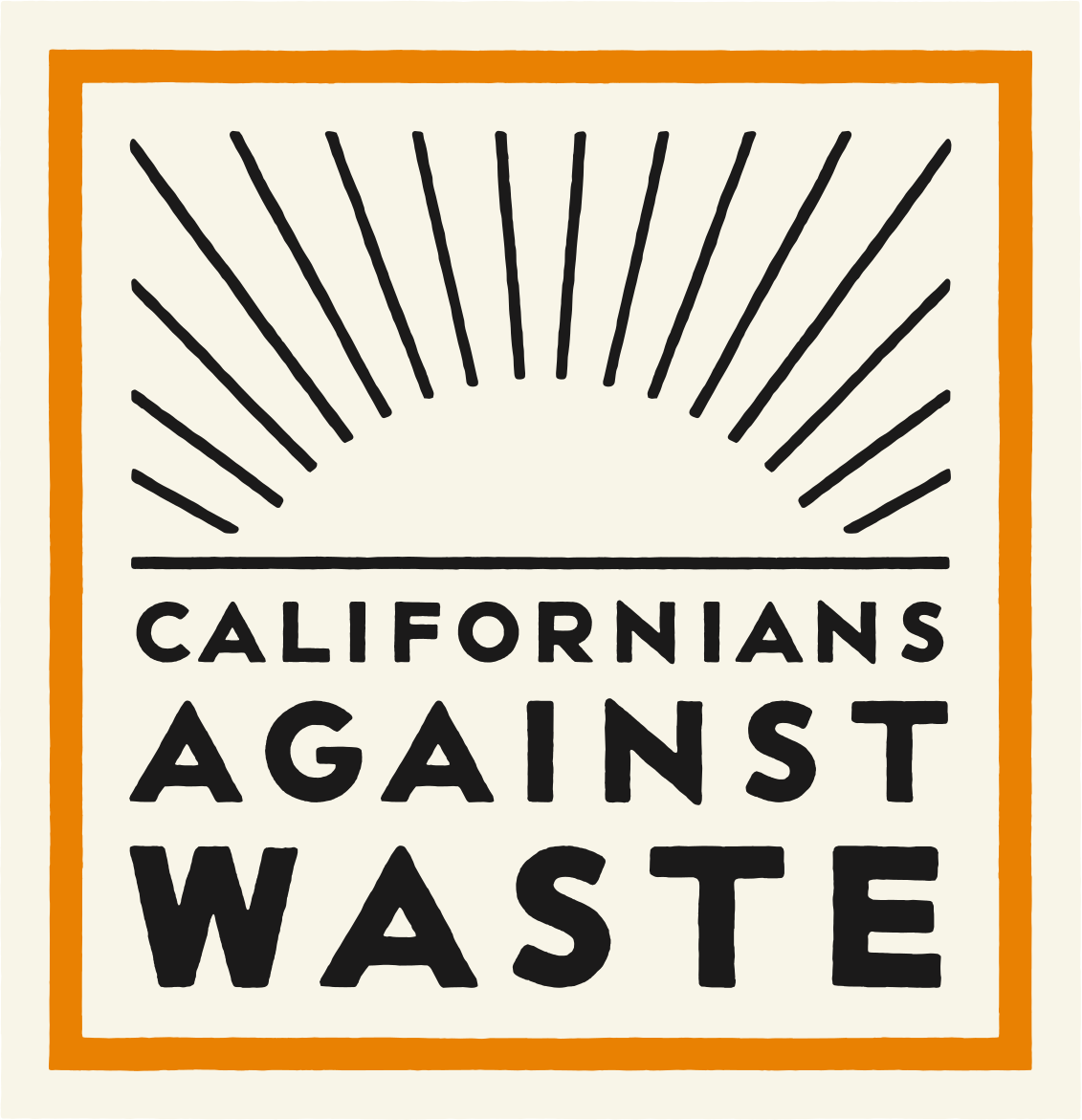CAWF Plastic Bags Project
This project empowers local residents with two key sets of information related to plastic bag pollution in their community.
The CAWF List of Bag Ban Ordinances helps residents know which communities in California and across the country already have plastic bag ordinances, and understand the details of each community's ordinance.
The CAWF Bag Bag Tool Kit provides residents with information relevant to plastic pollution in their communities, and how they can help prevent it through policy changes.
The Problem with Plastic Bags
As you have probably already seen in your community, lightweight plastic bags can travel long distances overland, pushed by the wind like a tumbleweed. They are blown by the wind out of trash cans, garbage trucks and landfills, and often do not stop until they reach a stream, river or the ocean.
Once in our waterways, they begin to soak up toxins in the water. They do not biodegrade, but instead break apart into smaller pieces and are consumed by fish, turtles and whales that mistake them for food. California's long coastline is a short trip away for the majority of these traveling plastic bags. And inland, California's precious fresh water sources are polluted every time these bags end up in a river.
California uses between 13 and 20 billion of these bags every year, but only 5 percent are recycled. This is because they produce very little recoverable plastic, but their strength causes recycling machinery to be gummed up.
Cities and recyclers spend exorbitant amounts of time and money removing plastic bags from their recyclables stream, where bags jam machinery and add to the manual labor costs of recycling. San Jose estimated an annual loss of $1 million each year due to plastic bag related repairs in their facilities. And in early 2013, it was reported that at least one recycling facility in Sacramento shut down six times a day to remove bags from their machines. Ultimately, these bags are simply too expensive to recycle.
Not only are single-use plastic bags too expensive to recycle, they are costing taxpayers millions to clean up.
NRDC estimates that every year California cities spend about $11 per resident to keep litter from ending up in our oceans as marine pollution. For California, the overall cost to protect our waters from litter is roughly $428 million each year--with between 8% to 25% attributable to plastic bags alone according to clean up data from San Jose and Los Angeles County. Based on this information, an estimated 34 million to 107 million dollars is spent each year to manage plastic bag litter in our state. Additionally, Southern California cities are estimated to have spent in excess of $1.7 billion in meeting Total Maximum Daily Loads for trashed in impaired waterways.
These bags also have a negative impact on our 40 billion dollar based ocean economy. Plastic bags are considered especially dangerous to sea turtles, who may mistake them for jellyfish, a main food source.
Numerous recent international, national, state and local reports have called for the banning or drastic reduction of plastic bags due to their environmental damage. Achim Steiner, head of the UN Environmental Program, recently said "there is simply zero justification for manufacturing [plastic bags] any more, anywhere."
More about Plastic Bags:
- Study Finds Rising Levels of Plastics in Oceans (2015)
- Plastic-eating corals make reefs especially vulnerable to pollution (2015)
- NRDC Annual Cost to CA Communities of Reducing Litter in our Waterways (2013)
- US EPA West Coast Communities' Costs for Managing Marine Debris (2012)
- California Ocean Protection Council Marine Debris Implementation Plan
- UN Environmental Program Marine Litter Report
- Life Cycle Analysis of Reusable and Single-Use Plastic Bags in CA (Jan 2011)
- Scripps Institution of Oceanography Study on Increased Oceanic Microplastic Debris (May 2012)
- Seattle Plastic Litter Study (Vol. 1) (Vol. 2)
- California Coastal Commission and Algalita Marine Research Foundation Marine Litter Report
- Algalita Marine Research Foundation Plastic Debris Report
